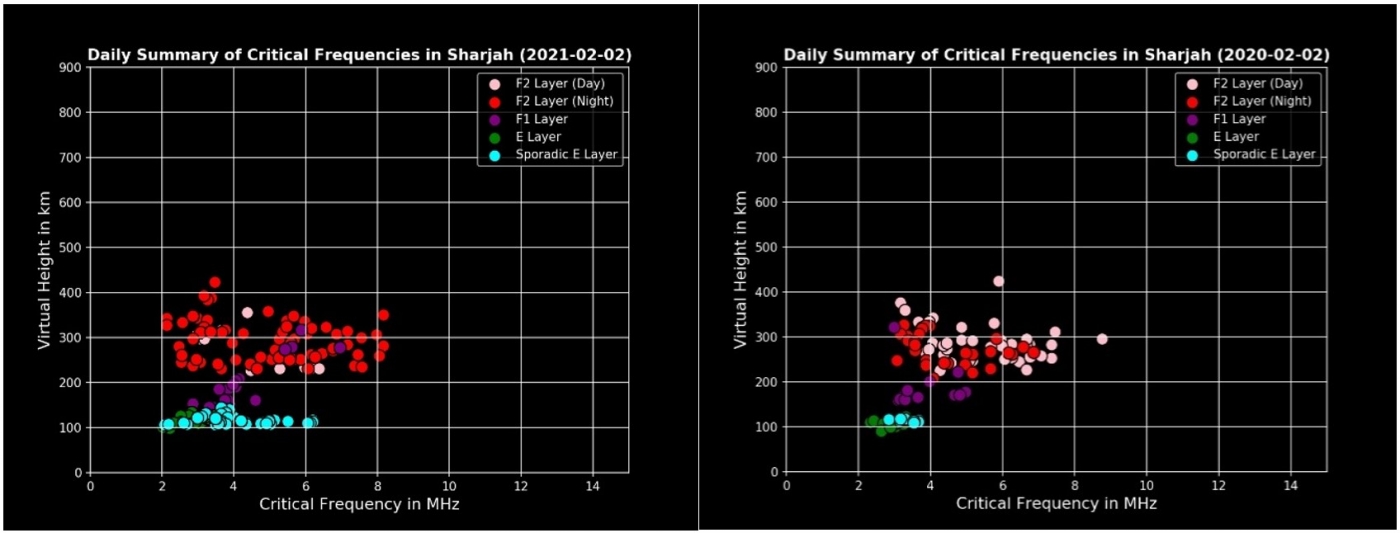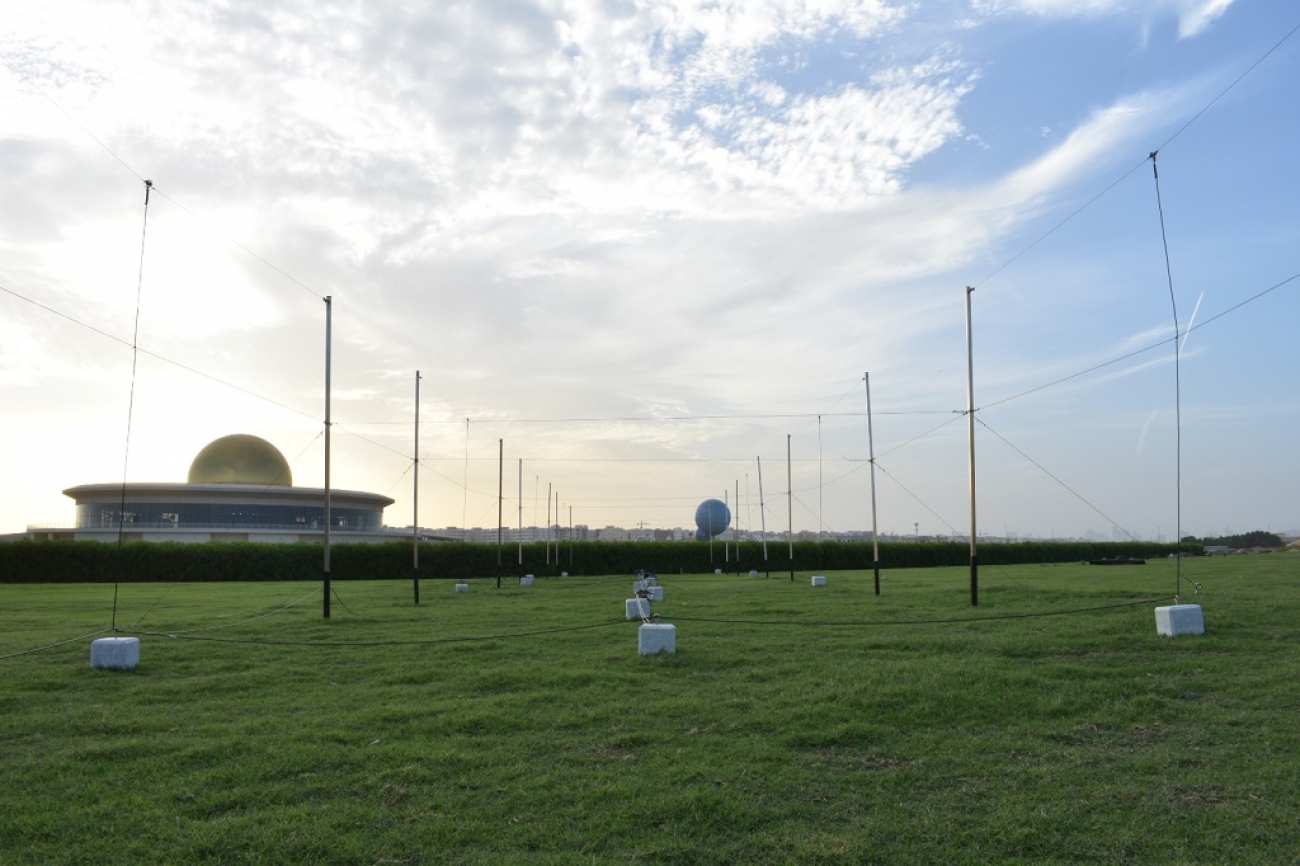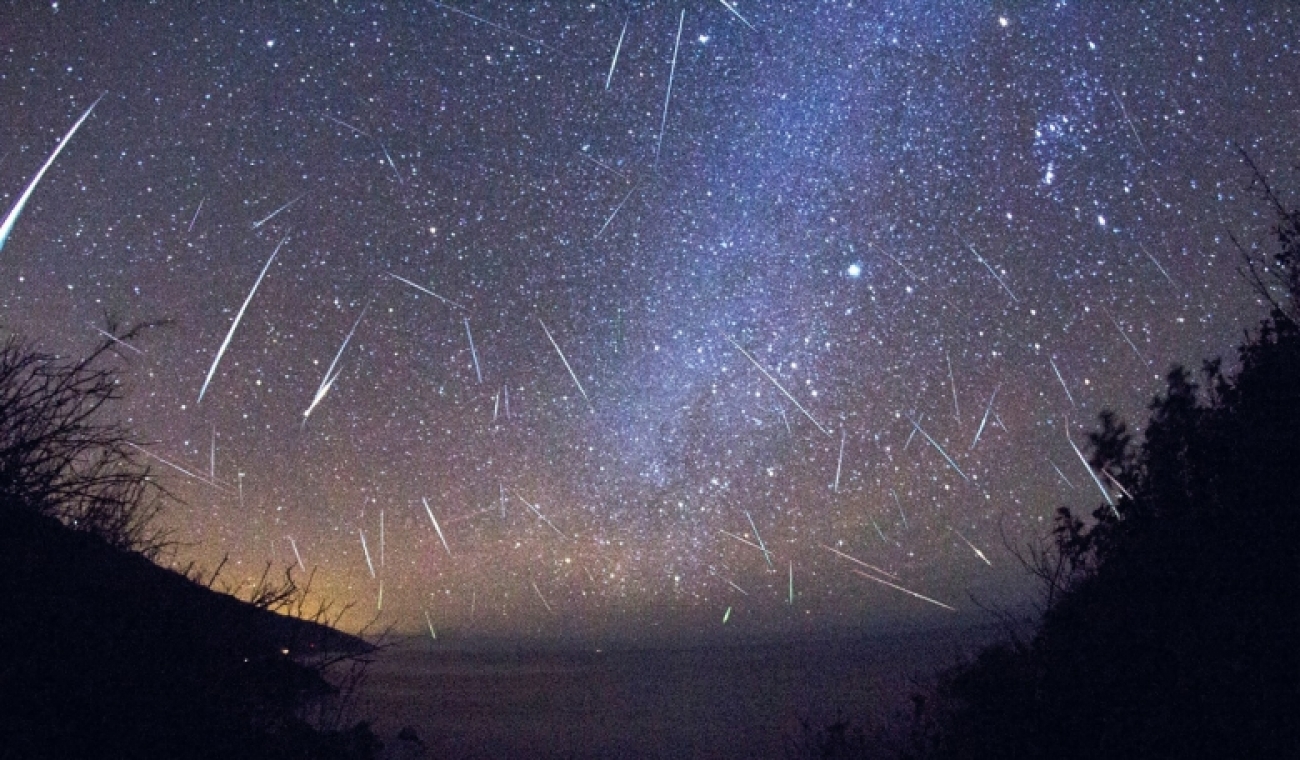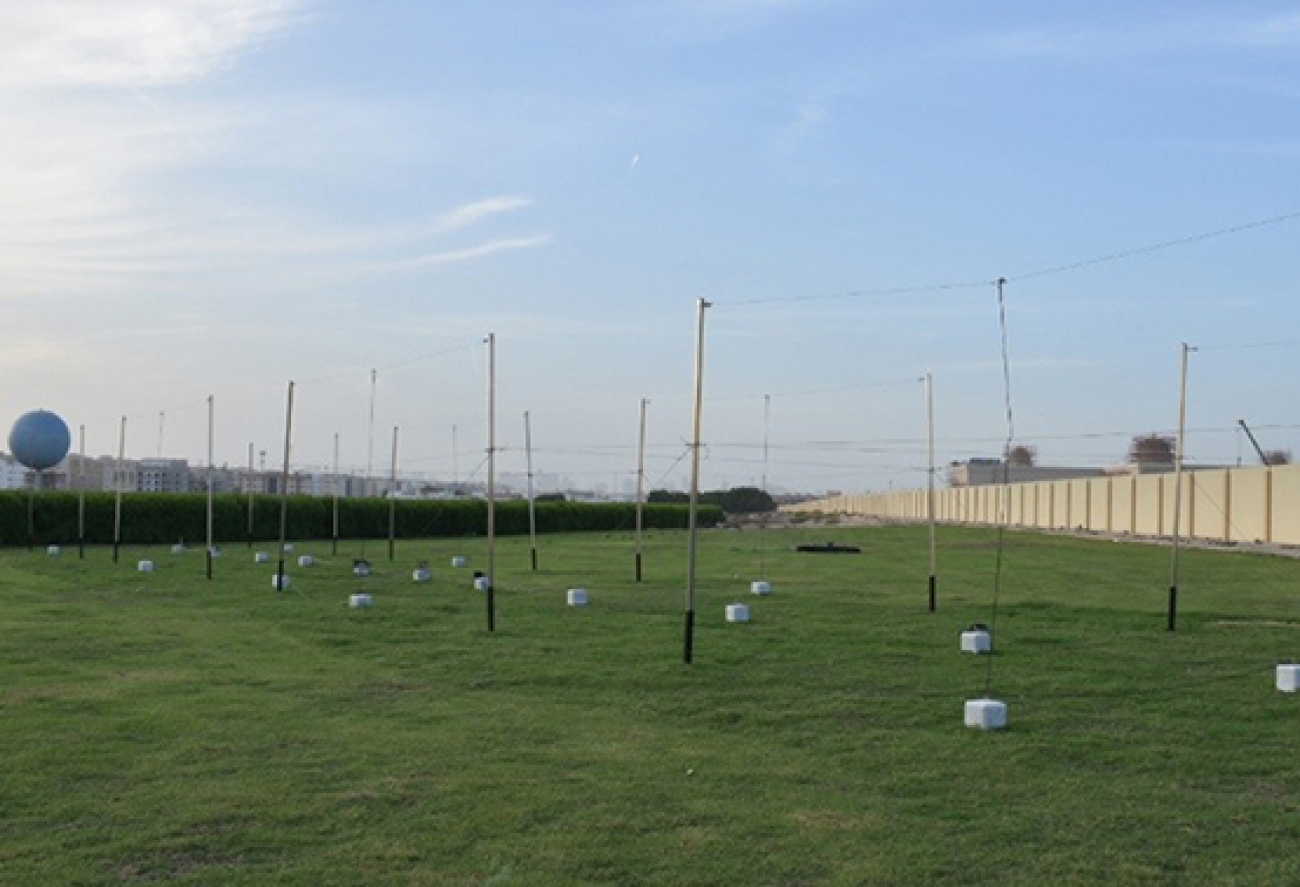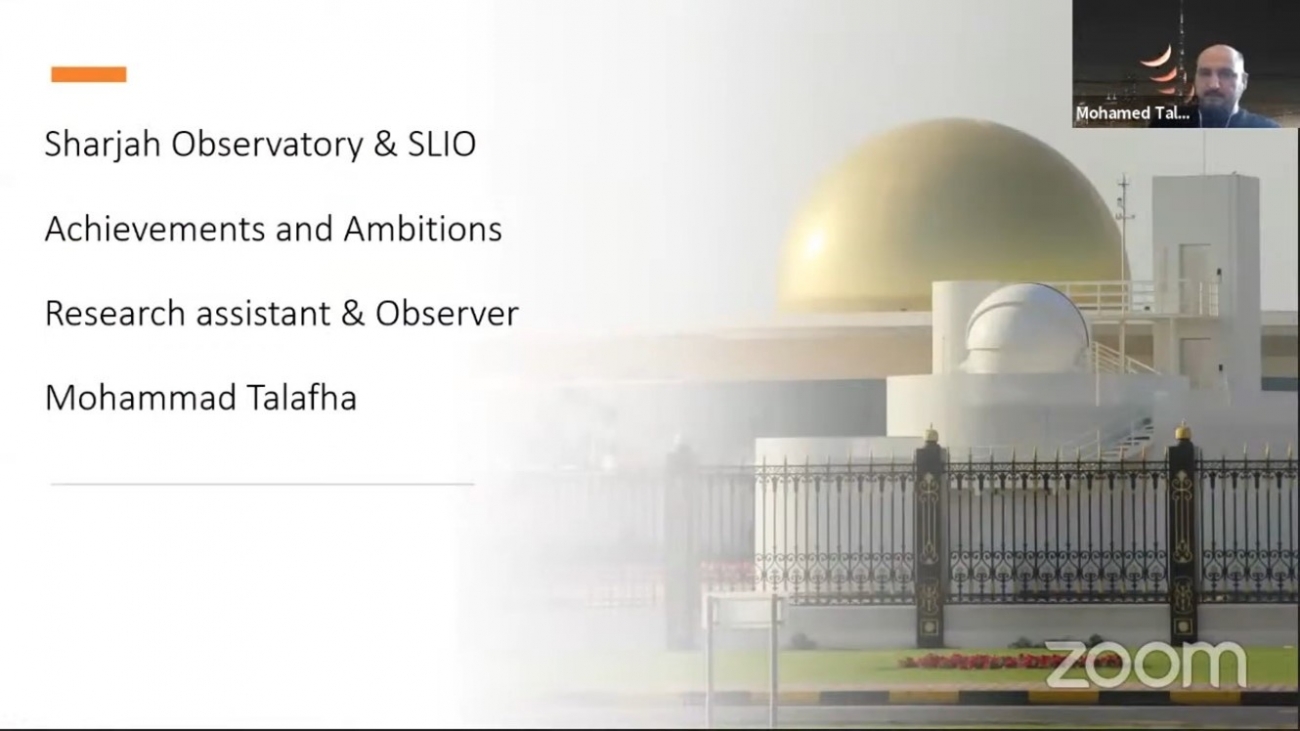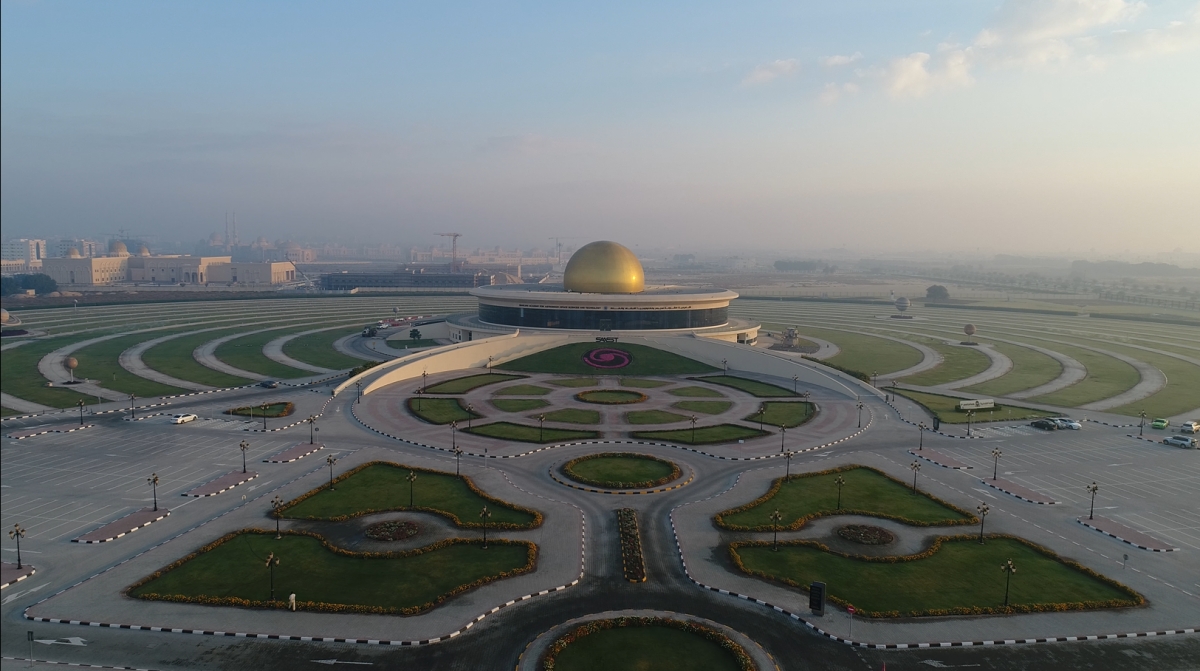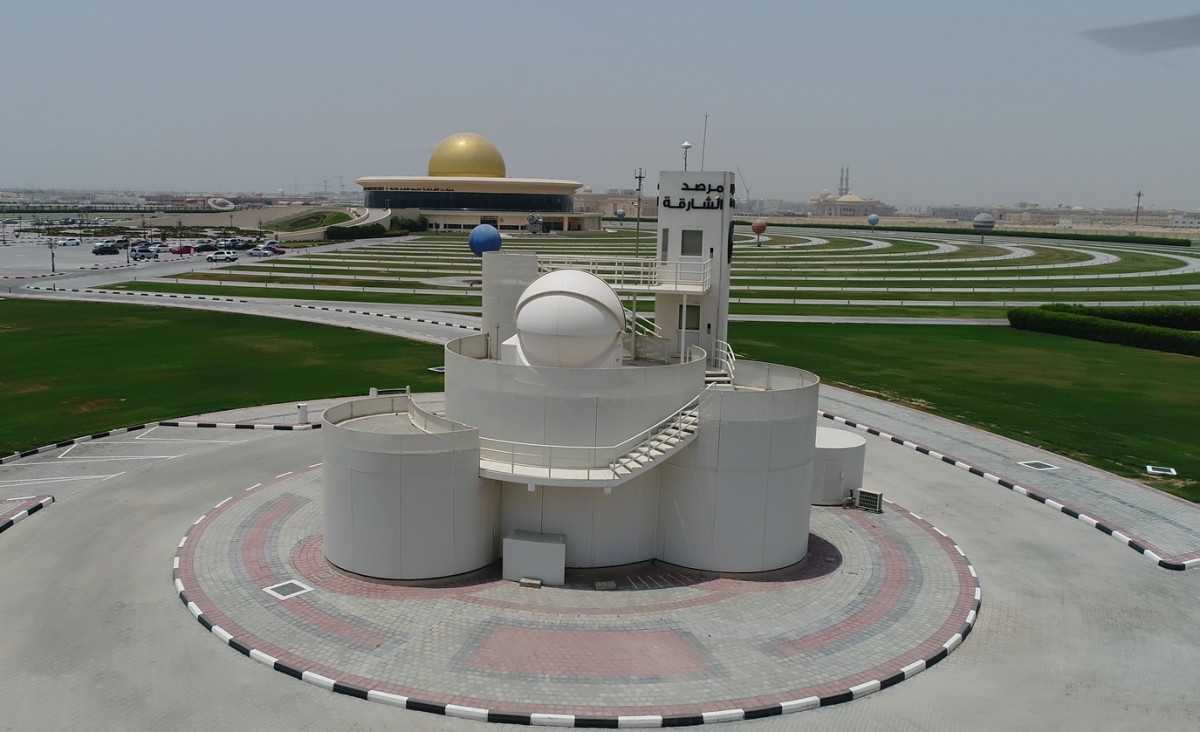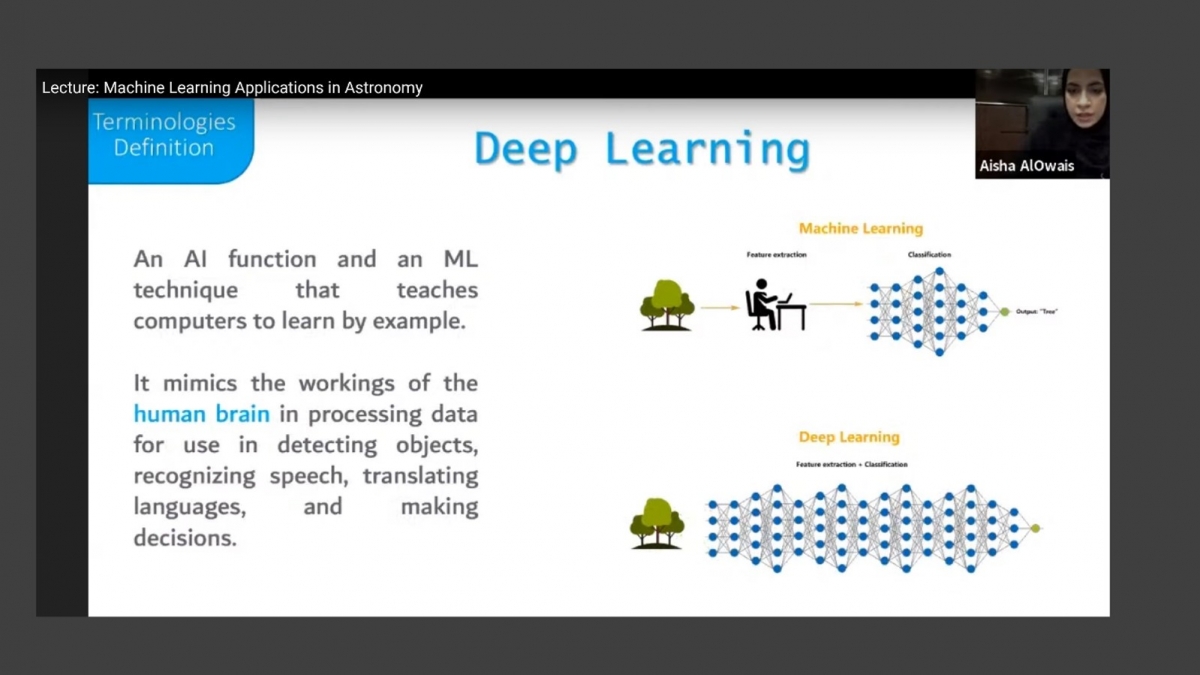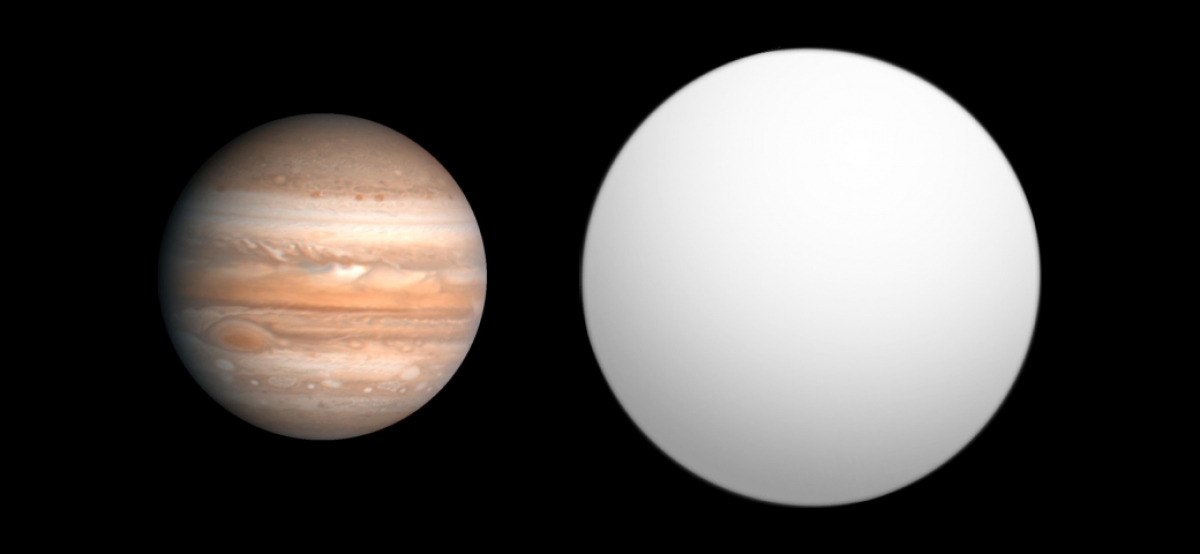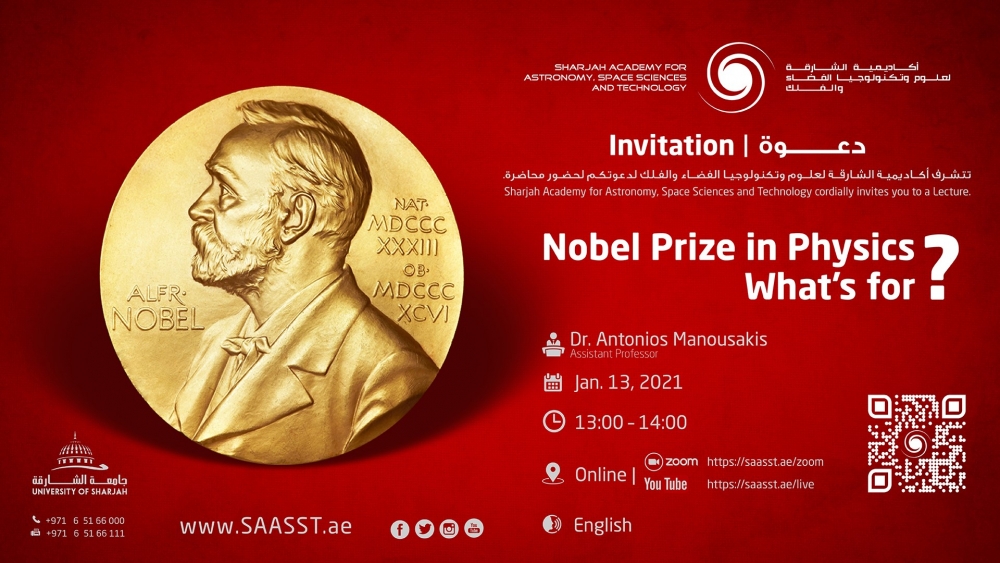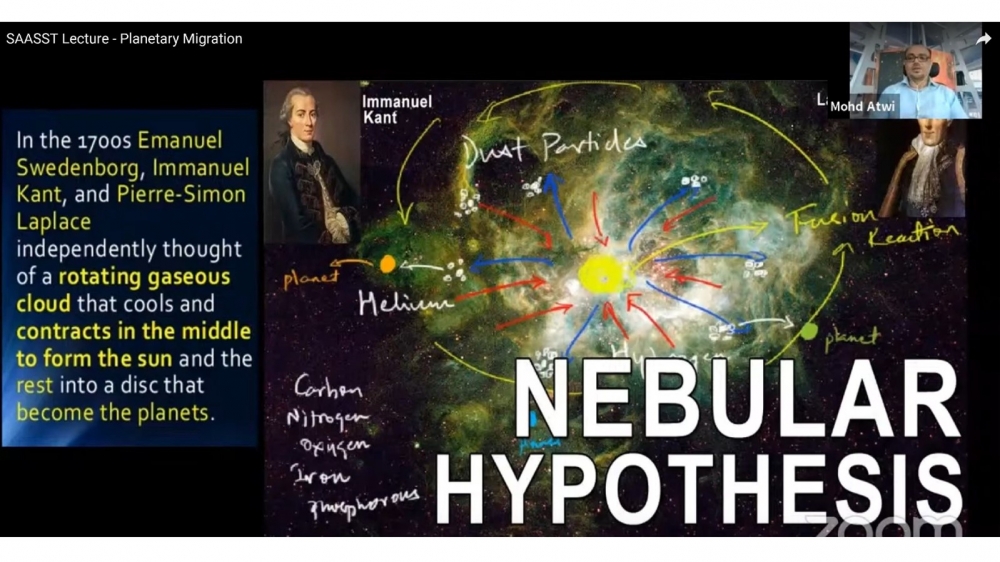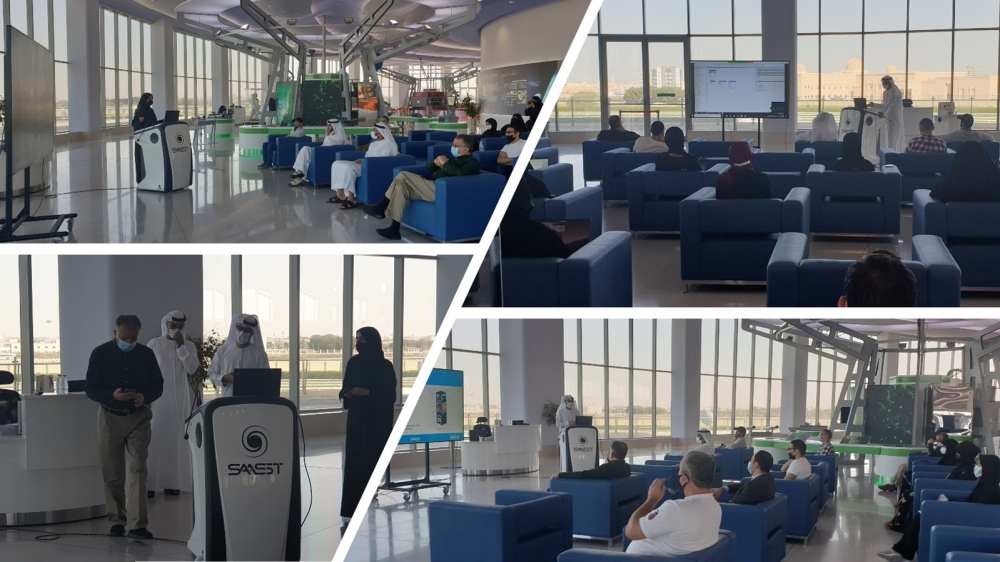Geometrical differences between two X-ray instruments onboard the XMM Newton telescope: (The EPIC-PN and EPIC-MOS)
The XMM-Newton telescope consists of two major X-ray instruments: the European Photon Imaging Camera (EPIC) and the Reflecting Grating Spectrometers (RGS). EPIC is carrying a set of three X-ray CCD cameras, a PN camera, and two MOS (Metal Oxide Semiconductor) cameras, all operating in the 0.3−12 keV energy range.
A Glimpse of Strengthening - Solar Cycle 25
The figure on the left shows the critical frequencies of different ionospheric layers plotted against their virtual heights, as observed by the SAASST ionosonde over 24 hours starting from midnight on February 02, 2021, while the figure on the right shows a similar plot generated for data collected during the same period in 2020.
Radio Whispers during the Solar Minimum in January 2021
During January 2021, no major sunspots appeared on the Sun surface like during November and December 2020. There were no geomagnetic storms either. Only one major solar event was detected by the SAASST “Decametric Radio telescope (DRT)” on January 8th when a huge filament of magnetized materials was ejected by the Sun, but it missed Earth as NOAA reports. The DRT detected a series of minor solar radio bursts (micro solar radio storms) with typical solar radio emission patterns but with very low intensities. This unexpected short quiet Sun phase will not last for an extended period. The Solar Cycle 25th had already started, and we expect the Sun to be active again in the upcoming months.
The Effect of Foggy Nights on the UAE Meteor Monitoring Network in January 2021
The UAE Meteor Monitoring Network started the year 2021 with a low-to-moderate detection number compared to the previous two years. The Sharjah tower observed 106 meteors, Al-Yahar 174, and Liwa 254, leading to 534 meteor detections for the whole month of January 2021.
Sharjah Decametric Radio Telescope A Lecture by Mr. Mohamed Rihan
As part of its program to enhance astronomy education, the Sharjah Academy for Astronomy, Space Sciences, and Technology organized a special lecture on the “Sharjah Decametric Radio Telescope” on Jan. 27, 2021. The lecture was given by Mr. Mohamed Rihan, a research assistant at the “Radio Astronomy Laboratory”. The lecturer presented the importance of the decametric astronomical observations conducted worldwide.
Sharjah Optical Observatory A Lecture by Mr. Mohamed Talafha
As part of its program to enhance astronomy education, the Sharjah Academy for Astronomy, Space Sciences, and Technology organized a special lecture on the “Sharjah Optical Observatory” on Jan. 25, 2021. The lecture was given by Mr. Mohamed Talafha, the main observer at the Sharjah Optical Astronomy Observatory. Mr. Talafha described the observatory optical system, composed of three main telescopes: a 17-inch reflecting telescope for deep-sky observations, an 18-cm refracting telescopes for the Moon planetary observation, and a 10-cm refracting solar telescope. The observatory has a long schedule of observations of stars systems, exoplanets, asteroids, and extragalactic sources. The observatory has a long story of organizing bi-weekly open houses for the general public to initiate them to the world of astronomy. We hope for these open houses to resume once the pandemic is over.
The First of its Kind … a Scientific Study Reveals Contradictions in some of Gaia Space Telescope Data
In a valuable addition to the progress of the Sharjah Academy for Astronomy, Space Sciences and Technology (SAASST) at the University of Sharjah in enhancing scientific and research capabilities. A research team published an important scientific study focuses on the data of the Space Telescope Gaia. The study shows a contradiction between the observations of Gaia and Hipparcos space telescopes. It also shows an error in Gaia’s results related to binary stellar distance measurements (parallaxes), which in its turn affect the accuracy of scientific studies and research in this field. Techniques developed at SAASST were used in studying and discovering these contradictions.
The Sharjah Astronomical Observatory Detects Rare Sequential Lunar Impacts
President of the Arab Union for Astronomy and Space Sciences:
The Sharjah Astronomical Observatory Achievements solidify the Sharjah Academy's position for Astronomy, Space Sciences, and Technology at the University of Sharjah as a vital player in developing the UAE space sector. These achievements emphasize its role in supporting the global scientific and research fields.
Machine Learning Applications in Astronomy
As part of its program to enhance astronomy education, the Sharjah Academy for Astronomy, Space Sciences, and Technology organized a special lecture on “Machine Learning Applications in Astronomy” on Jan. 18, 2021. The lecture was given by Ms. Aisha Al-Owais, a research assistant at the Meteorite Center. Data size in astronomy is becoming large and very intricate. The development of data-driven science as a useful companion to the typical model-
The Sharjah Astronomical Observatory Monitors an Exoplanet Similar to Jupiter
The Sharjah Astronomical Observatory at the Sharjah Academy for Astronomy, Space Sciences, and Technology (SAASST) of the University of Sharjah monitored and analyzed the exoplanet (HAT-P-9b) during January 2021. This is part of its periodic observations of this exoplanet that started back in 2018. The results of these observations are published periodically on global websites specialized in this field of astronomical research.
More...
The International Astronomical Union Adds the Sharjah Astronomical Observatory on the Global Observatories Map
Thanks to the continuous unlimited support of His Highness Sheikh Dr. Sultan bin Muhammad Al Qasimi, Supreme Council Member and Ruler of Sharjah and President of the University of Sharjah, and within the framework of its unwavering progress in the global scientific fields, the Sharjah Astronomical Observatory at the Sharjah Academy for Astronomy, Space Sciences, and Technology (SAASST) at the University of Sharjah record a new global achievement. The Minor Planet Center (MPC) of the International Astronomical Union (IAU) added the observatory to its list of credible and reliable international observatories list with the code: Sharjah Observatory M47.
Nobel Prize in Physics. A Lecture by Dr. Antonios Manousakis
Dr. Antonios Manousakis, from the Department of Applied Physics and Astronomy, and a research fellow at the Sharjah Academy for Astronomy, Space Sciences, and Technology, gave a general lecture on "The Nobel Prize in Physics" on Jan. 13, 2021, as part of SAASST biweekly lecture. He pointed out that the Nobel Prizes are a set of five prizes given in the following fields: Physics, Chemistry, Medicine, Literature, and Peace. According to Alfred Nobel's will,
SAASST Solar System Workshop
As part of its program to enhance astronomy education, the Sharjah Academy for Astronomy, Space Sciences, and Technology organized a comprehensive workshop entitled "Solar System" on Jan. 10, 2021. Staff from the research laboratories, the academia, and the planetarium gave several intuitive presentations. The ten lectures covered topics from the solar system's formation to the detection and observations of exoplanets. The
ANSYS Workshop by SAASST CubeSat Research Engineers
The last SAASST workshop of 2020 was conducted on Monday, Dec. 28, 2020, by the CubeSat Laboratory research engineers, Ms. Tarifa Al-Kaabi, Mr. Ibrahim Al-Sabt, and Mohamed Saleh BinAshour. The workshop was on ANSYS, a software package that lets you digitally model real-world phenomena. It uses computer-based numerical techniques to solve physics problems. The range of problems ANSYS can solve is immense and could be anything from fluid flow, heat transfer, stress analysis, and more.




